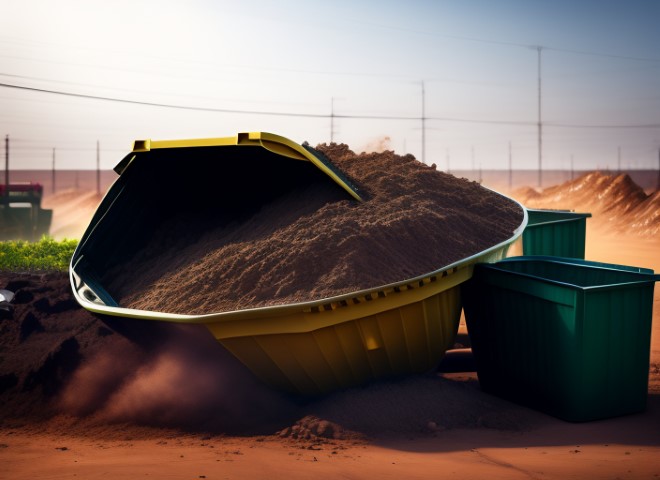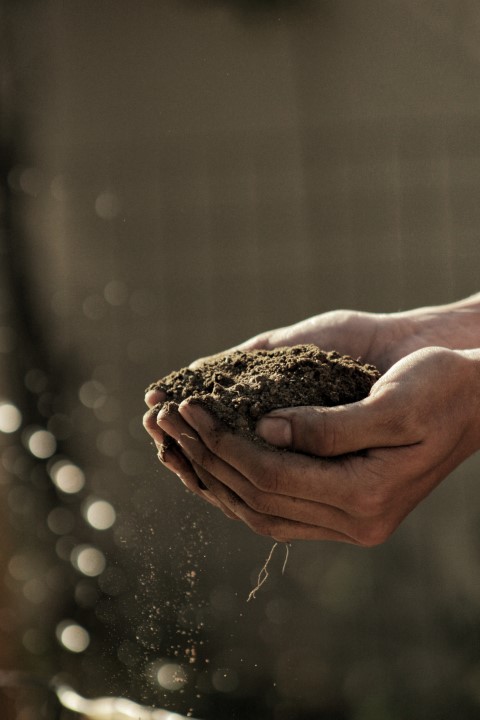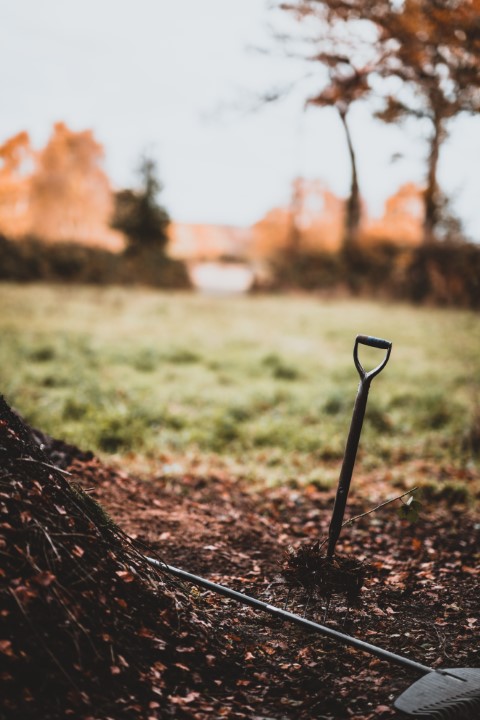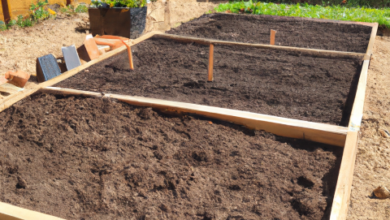Make Your Own Compost at Home: Give green a chance

Composting kitchen waste is a great way to turn organic waste into valuable resources for your plants while reducing household waste and carbon emissions. The process is simple and requires sorting your trash into two categories: green composting material (e.g. vegetable and fruit peels, leftover cooked food) and brown composting material (e.g. dried leaves, sawdust, newspaper pieces).
To create a compost bin, you can use anything from a bucket to a garden pot and drill 4-5 holes around the container to allow air to flow freely. Layer soil at the bottom of the container and fill it with food waste and wet waste at different levels to balance the dry and wet waste. Remember to add one cup of dry garbage for every one cup of food waste. The composting process takes about 2-3 months, and you can speed it up by mixing semi-composted soil with your compost.


Composting has several advantages, including reducing household trash, recycling waste, and saving money on soil and fertilizers for gardening. If you’re someone who likes and enjoy cooking, we can imagine that there would be a huge mass of food leftovers every time you’re in the kitchen. Now no need to worry as almost every sort of organic waste works well as compost material. Composting the kitchen’s greens is a perfect way to provide something valuable for your plants while lowering your household’s weekly waste and carbon production.
It’s a common misconception that kitchen scraps are sufficient to generate rich compost. Organic household waste has a high nitrogen content and is called “green” composting material. To make adequate compost, you must combine it with many “brown” materials with high carbon content.
Complete Procedure to make compost
Choose your composting spot.
Composting can be done anywhere, including your kitchen, balcony, terrace, or roof. You can also compost in your garden. While outside is the most incredible area to start composting, you may also begin the process inside your home.
Sort your trash into categories.
Begin by putting all your helpful kitchen greens in one container, such as vegetable peels, fruit peels, little bits of discarded cooked food, and so on. Fill a second container with dry garbage such as dried leaves, sawdust, newspaper pieces, packing stuff, etc. Close both containers tightly to keep pests, flies, and worms out.
Make a Compost Bin
Choose a container; anything from a bucket to a regular dustbin or a garden pot would be enough. Drill 4-5 holes around the container at various levels to allow air to flow freely. Place a newspaper or tray underneath your container to prevent spills. Soil should be layered at the bottom of the container.
Begin the composting process.
Fill the bin with food and wet waste at different levels to balance the dry and wet waste. If you add one cup of food waste, such as vegetables or fruits, you should add one cup of dry garbage, such as dry leaves, sawdust, or newspaper scraps. Whether compost in your garden or elsewhere, remember to replenish the dirt once a week. You can speed up the process by mixing semi-composted soil with your compost.
Safety Tips
- When compost stinks due to an imbalance of waste in the bin, add more newspaper components or extra holes.
- If the compost becomes too dry, add some water.
- Use a rake to give the waste pile a brief turn every few days. This will provide sufficient aeration for the trash to break down.
- Once the dry, dark brown waste-turned-compost is ready, use it in garden areas or potted plants for a period of 2-3 months.
Types of kitchen waste that can be composted:
Even though it’s not challenging to identify goods for your kitchen trash compost, it is common to mistake some food scraps for compostable items. Yes, greens are essential, but not all kitchen things are suitable for composting.
For your convenience, here are some products that can be added to your kitchen waste compost:

- Leaves that have been dried
- Spices and herbs
- Peelings from fruits (e.g., bananas, apples, oranges, etc.)
- Trimmings of grass and bushes
- Wheat crumbs, cereal, and bread
- Grinds of coffee
- Tea leaves or tea bags
- Dust in the house
- Animal feed that is old and stale (e.g., cat or dog food)
- Paper or cardboard boxes
- Hay, straw, or pet bedding are all excellent options.
- Manure made from organic materials (e.g., cow manure)
- Rolls of toilet paper or egg cartons (with no oil)
- Pinecones\nutshells
However, avoid putting the following items in your compost pile:
- Fresh meat of all kinds
- Products derived from animals (e.g., fat, skin, gristle, bones, etc.)
- Products derived from Milk (e.g., Milk, yoghurt, cheese, etc.)
- Cooking oil of all kinds
- Oily all sorts of products (e.g., grease from food)
- Tissue papers, as well as any other oil-based paper products
- Branches or twigs
- Faeces of animals (e.g., dog, cat, etc.)
Keeping track of these details is critical, so you don’t spend time with a smelly compost pile that takes too long to decompose. With this list in mind, we hope you’ll come up with the appropriate combination of materials or waste products for your kitchen waste compost in the comfort of your home.
Advantages of Kitchen Waste Composting:
Composting will assist you in reducing food waste and repurposing kitchen leftovers into valuable resources. But that isn’t the end of it. We’ve listed some advantages of composting kitchen waste:
Get rid of the trash in your home:
Making compost from kitchen waste means you’ll have less trash than ever before and use fewer plastic trash bags. Help you to practice kitchen trash and food waste management without investing a lot of money.


Recycle your waste:
Food waste recycling is an issue in practically every home, particularly in households of three or four people. This problem can be solved with kitchen trash composting, so you won’t have to feel awful the next time you’re afraid your food will rot.
Reduce the cost of gardening:
Home gardeners frequently spend money on good soil and fertilizers. On the other hand, composting can help you save money on your purchases. Composting not only improves the soil and preserves moisture but also helps to keep pests and plant diseases away.
Eco-Friendly Lifestyle:
People claim that indeed adopting an eco-friendly lifestyle takes time to happen. To succeed, you must be dedicated and consistent, eventually becoming part of your lifestyle. Composting kitchen waste can help you become more sustainable, patient, and detail-oriented regarding nitpicking foods. It also aids in the reduction of your carbon footprint.
Conclusion:
Treating the soil as your kitchen waste is a straightforward way to decrease how much trash is created in your home and start residing more economically.





